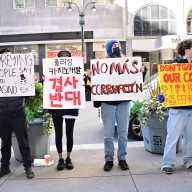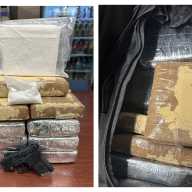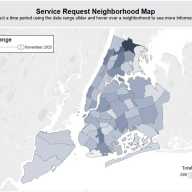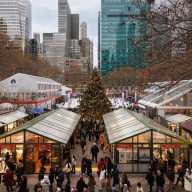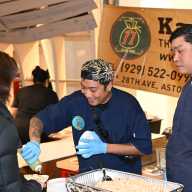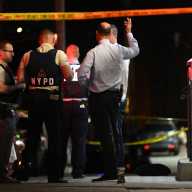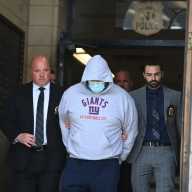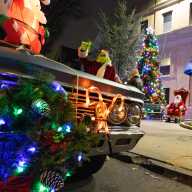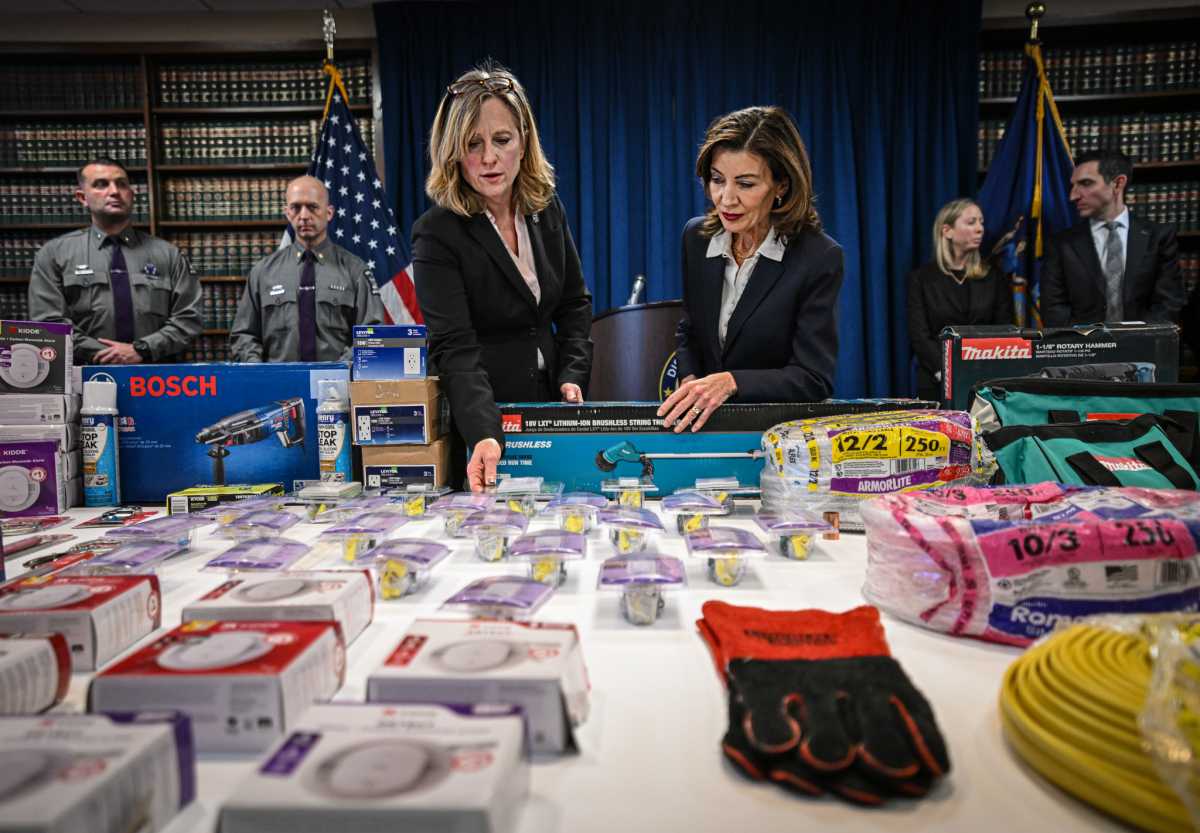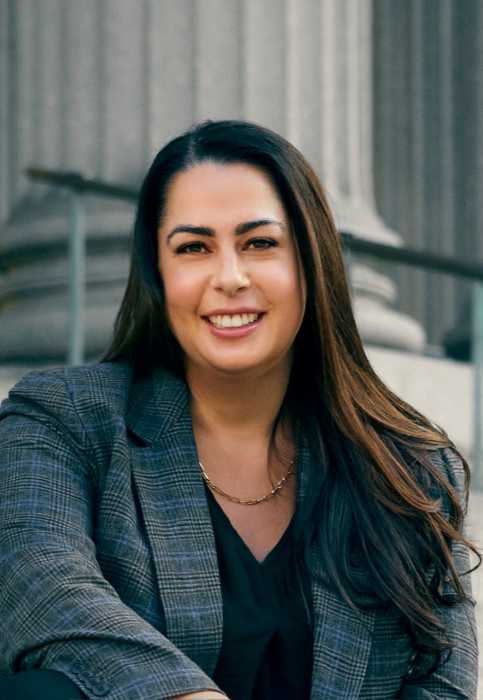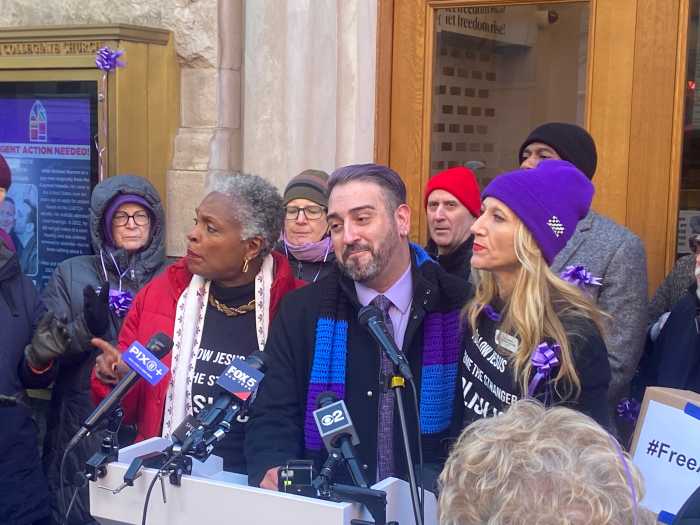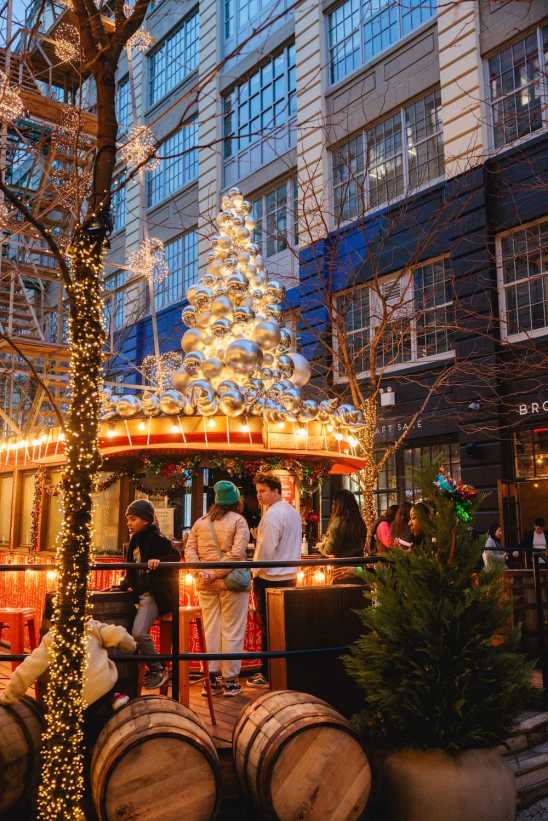Courtesy of the New York Daily News
Two years after breaking the Major League Baseball color barrier, Jackie Robinson settled into the tony Addisleigh Park,Queens, home where he would live from his 1949 MVP season through one of his final years with the Brooklyn Dodgers.
But the pioneering athlete’s house was never designated by the city Landmarks Preservation Commission, meaning a developer can legally buy and destroy the structure linked to one of the nation’s most indelible sports stars.
“We used it to move on to the next stage of our lives,” said Rachel Robinson, Jackie’s widow. “We had moved around and hadn’t been sure of anything – whether Jack would make it with the Dodgers, or if we could ever afford a home.”
Asked about the Robinson home, commission spokeswoman Lisi de Bourbon said it’s “under review,” adding that the commission is “looking” at the area as a potential historic district that would bar demolitions.
As Jackie Robinson negotiated a $35,000 Dodgers contract for the 1950 season – a deal that gave him financial stability – the Robinsons bought 112-40 177th St. for $100 “and other good and valuable considerations,” according to a deed filed with the city.
Locals had recently canceled a restrictive covenant that forbade blacks from living in the area, so African-American stars such as jazz great Count Basie and Herbert Mills of the Mills Brothers quartet moved in.
Dodgers catcher Roy Campanella – amid his own Hall of Fame career – liked the neighborhood so much he recommended the Robinsons buy a house there, Rachel Robinson said.
While Jackie Robinson remains a national icon, the city is more likely to landmark his home and those nearby because of his role in integrating the area, said Simeon Bankoff, executive director of the Historic Districts Council.
Jackie and Rachel Robinson hoped for a peaceful life in the house with their kids – Jackie Jr., born in 1946, and Sharon (1950) and David (1952). But sightseers destroyed the tranquility.
“Well-meaning people constantly harassed us,” Jackie Robinson wrote in his 1972 autobiography, “I Never Had It Made.”
“They would pull up in their cars, walk boldly into our front yard and start taking pictures.”
He recalled his wife being thrust into a lose-lose situation: Either accept the nuisance or insist on privacy and risk being labeled an ungrateful stuckup. But Rachel had other concerns.
“When Jack started getting hate mail, we worried about the children and their playing outside,” she said, adding they eventually decided not to let the racist words affect them.
With the Robinson family outgrowing the home, especially after David’s birth, they sold it in 1955 to John and Gugurtha Dudley, acquaintances of the Robinsons’ real estate broker.
The Dudleys lived there until 1985.
“It was a very big deal that we bought their house, because we were small people,” said Gugurtha Dudley, 87, now of Atlanta. “We weren’t high on the totem pole with the Robinsons.”
Jackie Robinson and his family moved to North Stamford, Conn. He died at age 53 in 1972.









